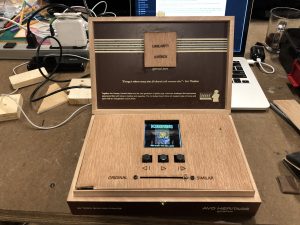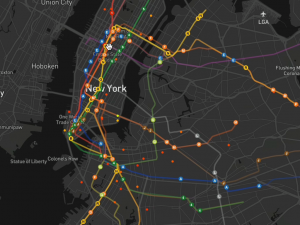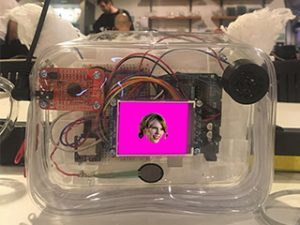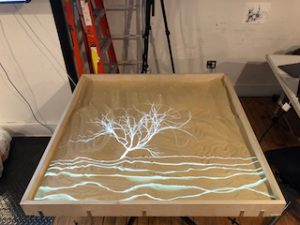Aidan Nelson, Simon Jensen
Experience the world through a personalized bot which visits the far corners of the Earth and sends you postcards back!
https://take-the-money-and-run.herokuapp.com
Description
While modern life is full of job, family, academic and interpersonal responsibilities, “Take the Money and Run” allows anyone to live our their dreams of dropping our of this rat-race and travelling the world in a safe and much less expensive way. Using the magic of open source mapping software and APIs (Application Programming Interfaces) to pull photos and data on the countries and people your bot will visit, this game presents the player with short humorous postcards from around the world. Inspired in equal parts by Oregon Trail, Tamagotchi, and the oppressive noise of New York, this game attempts to do very little in a fun way. This web application uses P5.js (javascript), Mappa, Node.js, and a database service.
Classes
Introduction to Computational Media








